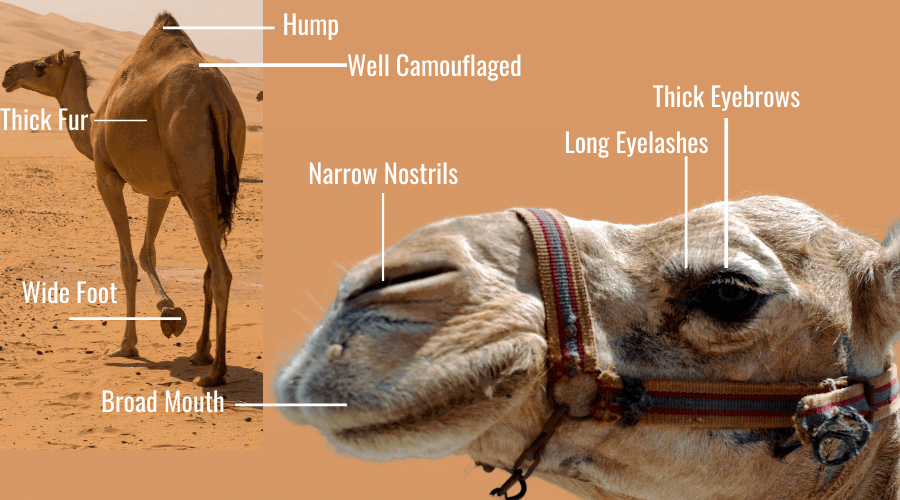CBSE Class 12 Biology Chapter 13 Revision Notes Part 1
Chapter 13: Organisms and Populations Revision Notes Part 1
Ecology is the branch of science that studies how each organism interacts with its environment and how the environment affects its numbers. For ease of study, the biological world has been divided into four levels of aggregates that have been discussed here. The organisms are individuals belonging to the same species. The population is the organism group that is capable of breeding between themselves. Community is a combination of the population. Lastly, biomes include the fauna and flora present in the climatic zone.
Organisms
An organism is a living system that stays in an environment and can adapt and retain its behaviors. These include humans, animals, and plants, as well as bacteria and fungi. The organisms and populations are collective aggregates.
Together they make a community and operate in the ecosystem. The ecosystem is made of biotic and abiotic factors. The biotic factors comprise organic compounds and other living organisms in the ecosystem. The abiotic factors lead to several variations in varied habitats physical and chemical conditions like water, temperature, and light.
Major Abiotic Factors
The ecology of individual organisms varies:
- One of the crucial abiotic factors that affect the environment is temperature. The temperature affects the physiology and the metabolism rate because it affects the kinetics of the enzyme.
- The eurythermal organisms can tolerate high temperatures, and the stenothermal can tolerate only a narrow temperature range like penguins and crocodiles.
- The geographical area where the animal is found determines its temperature tolerance.
- The second vital abiotic factor is water, as life depends on it. In places where water is scarce, living beings that possess special adaptations can survive. In the case of aquatic organisms, the pH and the composition of the water are crucial.
- Some organisms need a high salinity range and are known as euryhaline. The others can survive only in a low salinity range and are called stenohaline.
- The organisms found in seawater are less adaptive in marine water because the osmotic environment is different.
- Light is the third important abiotic factor that is needed for photosynthesis. A small fluctuation in light impacts animals in the process of foraging, reproduction, and migration.
- The sunlight requirements vary from one to the other organism, and some need high-intensity sunlight while others need low-intensity sunlight.
- Plants are categorized based on their requirements for light intensity. They are the short day and the long-day plants.
- Soil is another important abiotic factor that affects organisms. The nature of the soil and the chemical constituents differ as per the climate and the weather of an area.
- Soil transportation and soil development are other factors that decide soil quality.
Responding to the Abiotic Factors
The organisms respond in different ways to the abiotic factors.
- Regulators are those organisms that can maintain homeostasis and regulate the temperature, which results in a constant temperature of the body and a constant osmotic concentration. In mammals and birds, a few invertebrates and vertebrates can see this. Humans also maintain body temperature.
- Conformers are those that are not able to regulate their body temperature. Their body will release or absorb the heat, which causes an increase or a decrease in their body temperature, which causes thermoregulation. This is an energetic process. The surface-to-volume ratio is large in small animals, which causes the heat to release fast.
- Partial regulators can regulate temperature but only to a certain level as environmental conditions.
- Migration is the animal movement from one place to another to meet their needs.
- Spores are some microorganisms, including fungi and bacteria, hibernate in winter and aestivate in summer. It stops their growth during any unfavorable conditions.
Adaptation
Adaptation is a feature that lets the organism survive or even reproduce in its habitat. The organisms will adapt themselves as per the environment that they stay in.
Desert plants have thick cuticles. You may have observed that humans complain of shortness of breath at high altitudes. However, they do acclimatize after some time in the environment, and this is because of the production of red blood cells, which lets more oxygen bind and increases the respiration rate. Animals show behavioral responses based on the condition of the environment.
Sources:
Organisms and population https://ncert.nic.in/textbook/pdf/lebo113.pdf. Accessed on 21 Dec, 2021.
]]>

